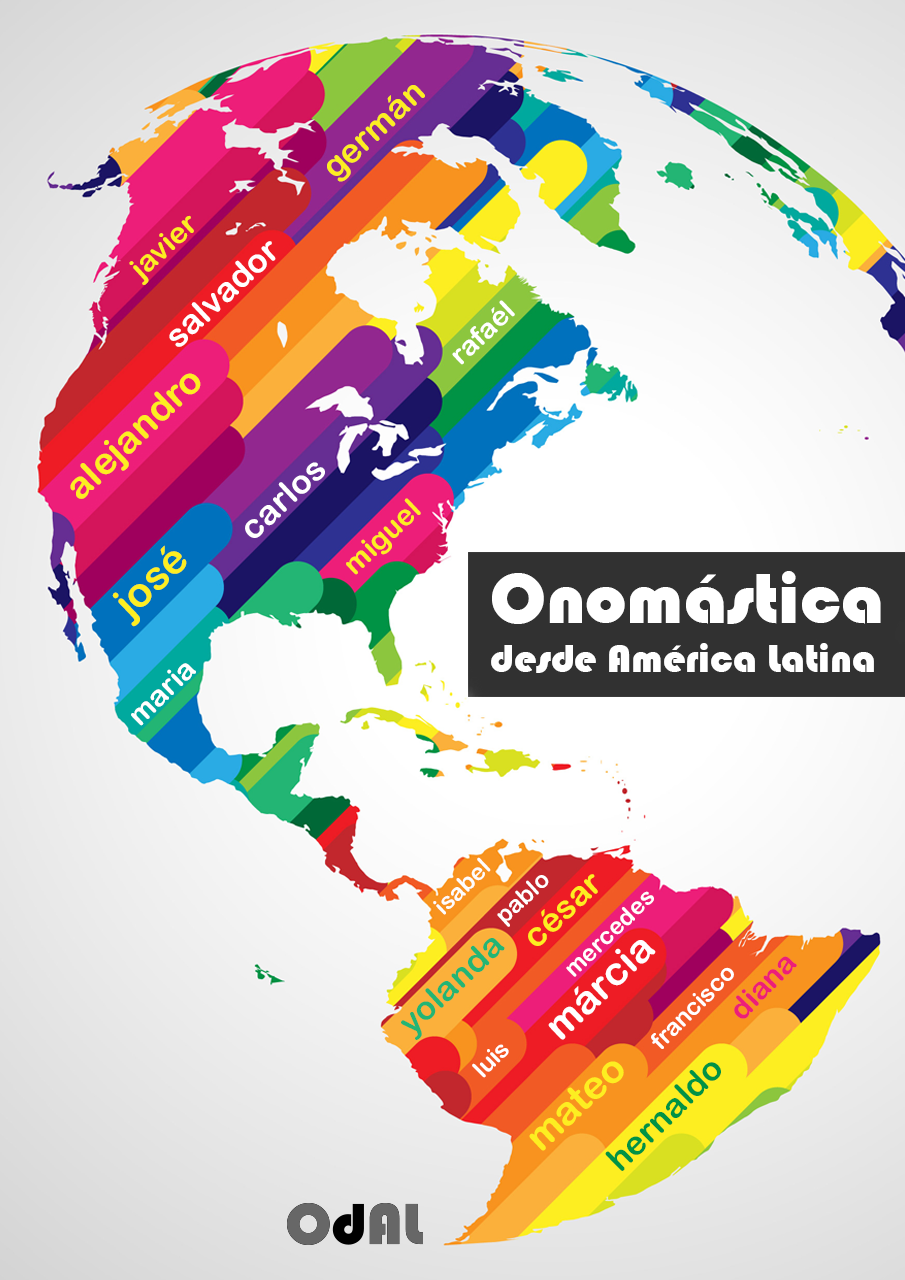Onomastic research on unofficial secondary names: a systematic literature review
DOI:
https://doi.org/10.48075/odal.v6i1.33919Keywords:
Unnoficial names, anthroponomy, systematic literature reviewAbstract
This article presents a systematic literature review focused on investigating studies on people's unofficial names. Based on the application of a search protocol in the theses and dissertations tab of the Onomastic Observatory (O-ONOMA), four relevant works were extracted: Castro (2013), which explores the meanings and functions of nicknames when recalling official names, highlighting the cultural richness and layers of social meanings associated with unofficial names; Cruz (2023), which addresses the variation of nicknames among Brazilian soccer players over the years, highlighting anthroponymic changes influenced by the sports market; Camargo (2022), which analyzes the impact of the ballot box names of council candidates in the Paraná cities of Cascavel and Ponta Grossa, demonstrating how these names can influence electoral decisions; and Rech (2022), which investigates sign names in the Brazilian Sign Language (Libras), revealing metonymic characteristics and deep cultural meanings of these names. The analysis of these studies reveals that research into unofficial names is vast, covering sociological, political and cultural aspects. The results indicate that, despite the diversity of existing studies, there is still a significant gap in research dedicated to these names compared to other anthroponomy studies. Evidencing and analyzing these works is crucial to capture both general patterns and cultural and social nuances of unofficial names. The continuation and expansion of this research is essential for a comprehensive understanding of this multifaceted phenomenon, highlighting the need for further investigations in this area of study. Deeper exploration of the themes associated with unofficial names can contribute to understanding the social and cultural dynamics in which these names are embedded
References
Ainala, T., & Östaman, J.-O. (2017). Socio-Onomastics: The Pragmatics of Names. Amsterdam: John Benjamins Publishing Company.
Amaral, E. T. R., & Seide, M. S. (2020). Nomes próprios de pessoa: introdução à antroponímia brasileira. São Paulo: Blucher.
Camargo, K. A. (2022). Entremeios do poder: Da autonomeação ao nome de urna do pleito municipal de Cascavel e Ponta Grossa (Paraná – BR, 2020). (Tese de Doutorado). Universidade Estadual do Oeste do Paraná (UNIOESTE), Cascavel - Paraná.
Castro, M. V. (2013). A nomeação lúdica: um estudo enunciativo da apelidação e dos apelidos de pessoa. (Dissertação de Mestrado). Universidade Estadual de Campinas, São Paulo.
Cruz, V. (2023). O mercado da bola e a variação antroponímica entre os jogadores brasileiros de futebol. (Dissertação de Mestrado). Universidade Federal de Minas Gerais (UFMG), Belo Horizonte.
Rech, C. G. (2022). Estudo dos nomes próprios de pessoas na Libras: Onomástica e Linguística Cognitiva em diálogo. (Tese de Doutorado). Universidade Estadual do Oeste do Paraná (UNIOESTE), Cascavel – PR.
Sampaio, R. F., & Mancini, M. C. (2007). Estudos de revisão sistemática: um guia para síntese criteriosa da evidência científica. Revista Brasileira de Fisioterapia, São Carlos.
Seide, M. (2023). Prenomes e sobrenomes no Brasil: uma revisão sistemática de literatura. Domínios de Lingu@gem, Uberlândia, 17, e1704.Disp.em: http://dx.doi.org/10.14393/DLv17a2023-4 . Acesso em 06, agosto, 2024.
Guimarães, E. (2005). Semântica do Acontecimento (2ª ed.). Campinas: Pontes.
Labov, W. (2008). Padrões sociolinguísticos. São Paulo: Parábola. (Original publicado em 1972).
Wrigley, O. (1996). Política da surdez. Washington: Gallaudet University Press.
Downloads
Published
How to Cite
Issue
Section
License
Copyright (c) 2025 Julia Machado

This work is licensed under a Creative Commons Attribution-NonCommercial-ShareAlike 4.0 International License.
Creative Commons Copyright Notice
Open Access Journals Policy
Authors who publish in this journal agree to the following terms:
1. Authors retain the copyright and grant the journal the right of first publication, with the work simultaneously licensed under the Creative Commons Attribution License that allows the sharing of the work with recognition of authorship and initial publication in this journal.
2. Mandatory authorities to assume commitments, for non-exclusive distribution of the version of the work published in this journal (eg, publish in an institutional repository or as a book chapter), with recognition of authorship and initial publication in this journal.
3. Authors are allowed and encouraged to publish and distribute their work online (eg in institutional repositories or on the personal page) at any point before or during the editorial process, as this can generate productive changes as well as increase impact and citation of the published work (See The Effect of Open Access).
Creative Commons License
This work is licensed under a Creative Commons Attribution-NonCommercial-ShareAlike 4.0 International License, which allows sharing, copying, distributing, displaying, reproducing, a whole or parts as long as it has no commercial purpose and is cited by authors and a source.

